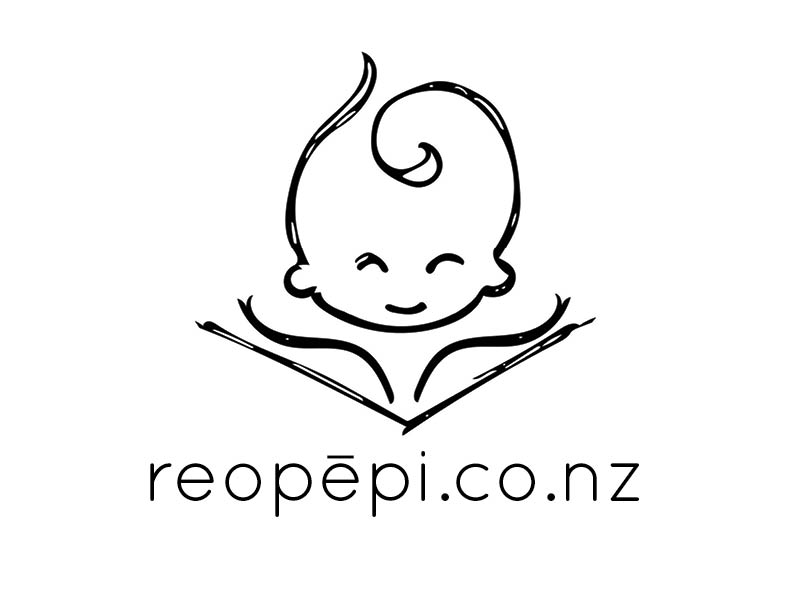Te reo Māori comes from the whenua. It is a language whose sounds originate deep in the belly of Papatūānuku, drift on the tide of Tangaroa and spill forth like the birdsong heard in the forests of Tāne. Names like ‘Tūī’ and ‘Pīwaiwaka’ encapsulate the energy of their keepers. Kupu like ‘motu’ and ‘moana’ carry the liquid rhythm of place.
As the creators of Reo Pēpi, Kirsten and I felt drawn to this natural connection between te Reo and te Taiao. And at the same time we were cognizant of the challenges both our indigenous language and our indigenous flora and fauna face on every front. Toru (the third series of Reo Pēpi) is an observation of some of the rare and precious taonga that surround us.
The word Whakapapa-examines the origins of all things and thier connectedness across time and space. It derives from ‘papa’, our first mother Papatuanuku who represents the earth. Our senior relatives-the birds, insects, fish and plants all precede our human existence in the whakapapa of the planet. Often times our tupuna were sustained and nourished by the beings in our natural world and in indigenous cultures, that which sustains the ancestors is to be revered and remembered and cared for.
Mahinga Kai is one of our Kai Tahu pou of identity, it includes values, places, times and practices for gathering food. Mahinga Kai underpins a myriad of understandings and is remembered in many narratives from which we can draw inspiration and enlightenment. Mahinga Kai reaches all the way back to our creation, it serves to remember our ancestral thinking and practices and offers sound concepts and systems for environmental understanding.
Kirsten and I are fortunate to have been bought up in a whānau connected to it’s ancestral Mahika Kai practices. We spent school holidays aboard fishing boats, digging tuaki, chasing tītī and drifting off to sleep on the sun, warmed stones of the lake bed as our parents chased tuna.
The view of Kirstens motu Pohowaitai from Kitty’s motu Taukihepa
In our whānau, when our tupuna were suffering with the sudden and catastrophic resluts of colonisation, land loss, resource poverty, disease, population decline. They held fast to thier mahika kai traditions. These ways of living from this land and working with the weather to gather kai were all they had. Our uncle says we owe our lives to tuna and tītī.
This awareness is our backdrop, we have created Toru, with images that we feel celebrate Te Taiao and language that uplifts Te Reo Māori. It is a humble offering to that which we hold beloved in a challenging time.
Ahakoa he iti, he pounamu.


































